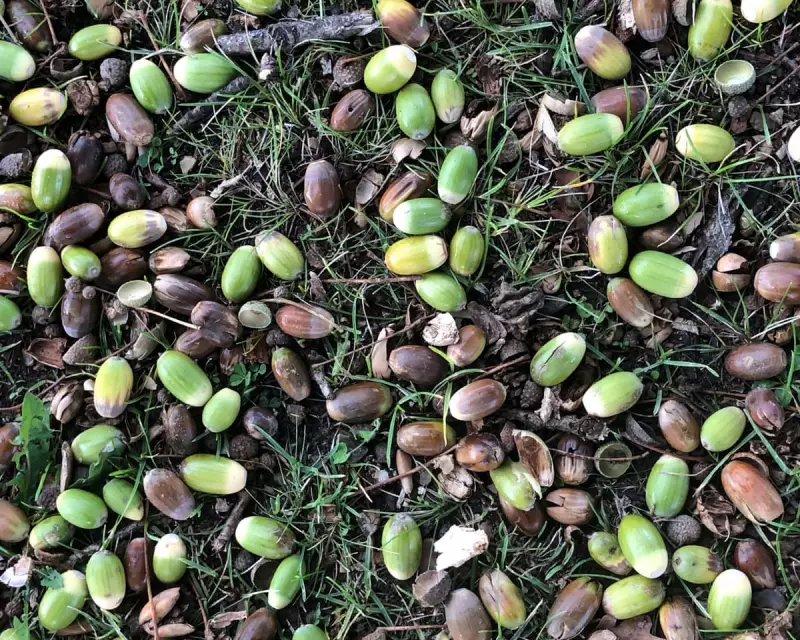
As autumn deepens across the British countryside, one particular natural phenomenon is impossible to ignore in parts of Kent. The Kentish Weald is currently experiencing what is known as a 'mast year', where oak trees have coordinated to produce a spectacularly abundant crop of acorns.
The Mast Year Phenomenon
This is not simply a case of typical seasonal plenty. Mast years are a highly evolved survival tactic employed by several tree species, including oaks. Instead of fruiting reliably every autumn, these trees occasionally synchronise with others of their kind to produce a collective bumper crop.
The strategic advantage is clear: this overwhelming abundance ensures that even after every hungry gatherer—from squirrels to humans—has taken their share, enough seeds survive to guarantee the next generation of trees. This boom-and-bust cycle leaves the forest floor, particularly in Cranbrook, Kent, looking as if it has been strewn with pebbles.
A Lost British Tradition
This natural bounty was once central to rural life and economy. The landscape itself bears the marks of a practice known as pannage, where pigs were driven into woodlands to fatten on the fallen acorns. Generations of driven swine carved sunken lanes into the very earth, a permanent etching of this ancient, carefully managed tradition.
Today, however, Britain lacks a widespread culture of consuming acorns, unlike many other countries. Their use has largely been confined to periods of dire necessity, such as famine. Their most notable modern application emerged during the Second World War, when they served as a coffee substitute after beans became scarce.
From Forager's Nuisance to Kitchen Staple
The primary barrier to enjoying acorns is their high tannin content. This bitter acid makes untreated nuts unpalatable and even toxic in large quantities, despite their nutritional profile being comparable to staple grains like wheat.
To render them edible, a process of leaching is essential. Foragers have two main methods:
- Hot Leaching: This involves boiling the shelled nuts through several changes of water until the flesh becomes soft and mild to the taste.
- Cold Leaching: A more traditional method requiring the acorns to be ground and then soaked for a lengthy period in moving or frequently changed water. While a stream is the classic choice, some resourceful foragers have used a toilet cistern, tolerating the tea-coloured water for a practical, if unconventional, solution.
One seasoned forager, after honing the cold method while living on wild food, now prefers the hot water technique. As the days shorten, they create a simple pâté, combining the prepared acorns with wild fungi and wood sorrel—a potted homage to the season's undeniable abundance.





